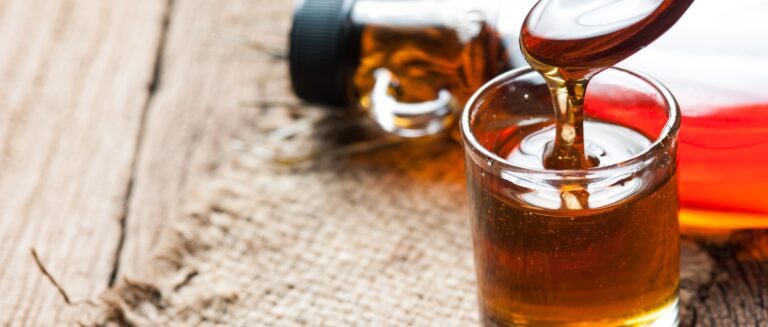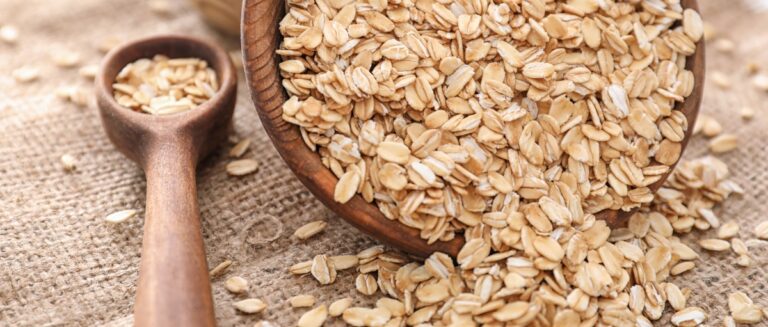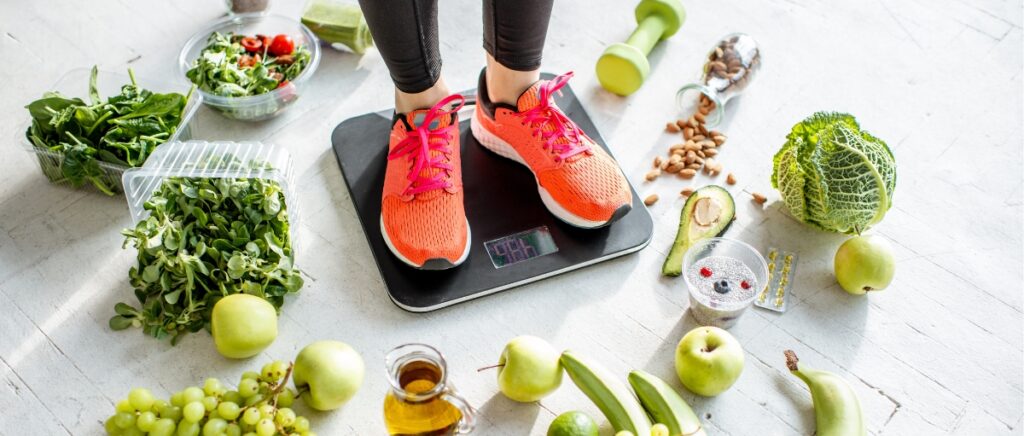You’re in the right place if you’re tired of fad diets and ready to make lasting changes. Believe it or not, the data says you’ll try 126 fad diets in your lifetime.
According to the Health Policy Institute at Georgetown University, nearly 40% of Americans age 51 and older are overweight, and about 25% are obese. Excess weight increases your risk for chronic diseases like type 2 diabetes and heart disease—but losing even 5-10% of your body weight can significantly lower these risks.
While there’s no magic bullet for weight loss, one thing is clear: what you eat matters.
Filling your plate with the right foods can reduce hunger, boost metabolism, and make it easier to lose and keep weight off. This guide explores the science behind how food impacts weight loss, provides tips on prioritizing foods, and emphasizes the importance of hydration, exercise, stress management, and sleep.
The principles remain the same whether you want to lose 10 pounds or 50. Let’s learn how to harness the power of nutrition to reach your weight loss goals.
Understanding the Role of Food in Weight Loss
When it comes to losing weight, what you eat is just as important as how much you eat. That’s because different foods affect your body and metabolism in different ways.
The Power of Protein and Fiber
Protein is the most filling nutrient. Digesting takes longer, keeping you satisfied for hours and reducing the urge to snack. Good protein sources include:
- Eggs
- Legumes like lentils and beans
- Greek yogurt and cottage cheese
- Lean meats like chicken, turkey, and fish
Protein also has a high thermic effect, meaning your body burns many calories, breaking it down. Aim to include a serving of protein at each meal.
Fiber is another nutrient superstar. Like protein, fiber slows digestion, helping to stabilize blood sugar levels and keep you feeling full. The best sources are plant foods like:
- Legumes, nuts, and seeds
- Fruits like berries and apples
- Whole grains like oats and quinoa
- Vegetables, especially leafy greens
Avoid the Blood Sugar Roller Coaster
On the other hand, refined carbohydrates and sugary foods are quickly digested, leading to a spike and then a crash in blood sugar. When blood sugar drops, you feel hungry again—often craving more sugary foods. This cycle can lead to overeating and weight gain.
Processed foods are often low in nutrients and fiber, which means they don’t help you feel full for very long. Instead, opt for whole foods that are as close to their natural state as possible.
Make Your Calories Count
Calorie density refers to how many calories a food has per volume. Some foods, like vegetables and fruits, have a low-calorie density. You can eat a large portion without taking in a lot of calories.
Conversely, foods high in fat and sugar (like cookies and chips) have a high-calorie density, which can inhibit fat burning. A small amount packs a lot of calories, making it easy to overeat.
Focusing on low-calorie density diet foods allows you to eat satisfying portions while still managing your calorie intake. Tools like the plate method (filling half your plate with non-starchy veggies) or measuring cups can help with portion control.
The Best Foods for Weight Loss
Now that you understand how food choices impact weight, let’s get specific about what to put on your plate. Focus on these nutritious wholefood diet foods that will keep you satisfied and energized.
Prioritize Lean Protein
Protein is key for losing weight and maintaining muscle mass. Aim for lean sources like:
- Poultry: Chicken and turkey breast
- Fish: Salmon, cod, tuna, and shellfish
- Legumes: Lentils, beans, peas, and edamame
- Dairy: Non-fat Greek yogurt and cottage cheese
- Eggs: A perfect protein with bonus nutrients like choline
Fill Up on Fiber
High-fiber foods are weight loss superstars. They keep you full, nourish your gut bacteria, and have countless other health benefits. The best sources are:
- Low-sugar fruits: Berries, apples, pears, and melon.
- Whole grains: Oats, quinoa, brown rice, and whole wheat bread.
- Legumes: Lentils, black beans, and chickpeas are all great options.
- Nuts and seeds: Chia, flax, almonds, and walnuts pack fiber and healthy fats.
- Vegetables: Leafy greens, cruciferous veggies like broccoli and cauliflower, and colorful options like beets and red cabbage.
Sneak more vegetables into your day by adding them to omelets, smoothies, and as a sauce base. Berries are perfect for topping yogurt or cottage cheese.
Favor Healthy Fats
Fat is not the enemy! Healthy fats are satiating and help your body absorb key nutrients, but it’s important to be mindful of portion sizes, especially with saturated fats, since they are calorie-dense. Great options are:
- Avocados
- Olive oil and olives
- Nuts and nut butter
- Seeds like chia and flax
- Fatty fish like salmon and sardines
Bonus Foods for Gut Health and Metabolism
Certain other foods may give your weight loss a boost:
- Green tea: May slightly increase metabolism.
- Spices: Ginger, turmeric, and cayenne have anti-inflammatory properties.
- Fermented foods: Yogurt, kefir, sauerkraut, and kimchi contain probiotics that support gut health and may improve weight control.
Remember, there’s no one perfect food. The key is to include a variety of nutrient-dense foods you enjoy and can stick with long-term. Experiment with new recipes and find your favorites!
How to Eat More and Lose Weight
Knowing the best foods for weight loss is a great start—but how do you turn that knowledge into delicious, satisfying meals? Here are some tips and ideas to get you started.
Meal Planning Made Easy
- Keep healthy snacks on hand—think fruits and vegetables, nuts, and yogurt.
- Include a source of protein, fiber-rich carbs, and healthy fats at each meal.
- Make half your plate non-starchy veggies—they’re low in calories and high in nutrients.
- Plan ahead—prep ingredients or cook in batches on the weekends for easy meals all week.
Simple, Nutritious Meal Ideas
- Breakfast: Veggie omelet with avocado toast or Greek yogurt with berries and a sprinkle of low-sugar granola.
- Lunch: Big salad topped with grilled chicken, quinoa, veggies, and an olive oil-based dressing.
- Snacks: Apple slices with almond butter, cucumber slices with hummus, or a handful of mixed nuts.
- Dinner: Sheet pan meal with roasted salmon and broccoli or a chicken and vegetable stir-fry over brown rice.
Easy Ingredient Swaps
- Wrap sandwiches in lettuce leaves instead of bread.
- Blend frozen bananas for a creamy, ice cream-like treat.
- Swap chips for air-popped popcorn sprinkled with herbs.
- Try zucchini noodles or spaghetti squash instead of pasta.
Remember, small changes add up. Start with one or two swaps or new meal ideas each week.
Key Lifestyle Factors to Lose Weight
While what you eat is central to weight loss, other habits also play a role. Pay attention to these areas:
- Hydration: Drinking enough water is crucial for overall health and may help with weight control. Thirst can often masquerade as hunger, leading to unnecessary snacking. Sipping water throughout the day can help you stay satisfied between meals.
- Exercise: Regular physical activity supports weight loss in several ways. It burns calories, helping to create the deficit needed to lose weight. Just as importantly, exercise helps preserve muscle mass, reviving your metabolism. Strength training is incredibly beneficial for curbing weight loss.
- Stress and Sleep: Chronic stress can lead to unhealthy eating habits and weight gain. When stressed, your body releases cortisol, which may ramp up your appetite. Poor sleep also disrupts hunger hormones. Aim for 7-9 hours per night and find healthy ways to manage stress, like deep breathing or time in nature.
Your Path to a Healthier Weight
“Losing weight is a journey, and maintaining a healthy weight starts with the foundation of what you eat. By focusing on whole, nutritious foods—especially incorporating those high in protein and fiber into your diet—you’ll set yourself up for success.”
Start by adding one new healthy food to your grocery list each week. Experiment with simple meal ideas that include your favorite ingredients. And don’t forget the power of small swaps—over time, they add up.
Remember, this isn’t about perfection. It’s about progress and developing healthy habits you can sustain for the long haul. Drink plenty of water, move your body regularly, and make time for rest and stress relief.
You hold the fork—and the power to transform your health, one bite at a time. So take that first step today, and keep walking toward a healthier, happier you. You’ve got this!
Sources
Barr, S. (2020, January 6). Unhealthy eating habits that can have serious consequences, according to experts. The Independent. https://www.independent.co.uk/life-style/diet-weight-loss-food-unhealthy-eating-habits-a9274676.html
Georgetown University Health Policy Institute (HPI). (n.d.). Obesity in the U.S.: A major health and economic concern. Georgetown University Health Policy Institute. https://hpi.georgetown.edu/obesity2/
Chang, V. W., & Christakis, N. A. (2003). Self-perception of weight appropriateness in the United States. JAMA Internal Medicine, 163(8), 1072-1078. https://doi.org/10.1001/archinte.163.8.1072
Stratton, R. J., Green, C. J., & Elia, M. (2003). Disease-related malnutrition: An evidence-based approach to treatment. British Journal of Nutrition, 85(1), 9-15. https://www.ncbi.nlm.nih.gov/pmc/articles/PMC2879283/
Gainful. (2022, August 15). Protein absorption rate chart: What you need to know about protein digestion. Gainful. https://www.gainful.com/blog/protein-absorption-rate-chart/
West, D. W., & Phillips, S. M. (2014). Anabolic processes in human skeletal muscle: Rest and exercise. Journal of Nutrition & Metabolism, 2014, Article 719502. https://doi.org/10.1155/2014/719502
Fleming, J. P., Heithoff, B. P., & Beasley, C. (2021). The role of protein quality in weight loss and muscle preservation. Nutrients, 13(7), 2326. https://www.ncbi.nlm.nih.gov/pmc/articles/PMC8365736/
Kaufman, K. R., & Kaufman, N. D. (2020). Mental illness and its correlation with brain chemistry: A comprehensive study. Translational Psychiatry, 10(1), 112. https://doi.org/10.1038/s41398-020-0729-6











